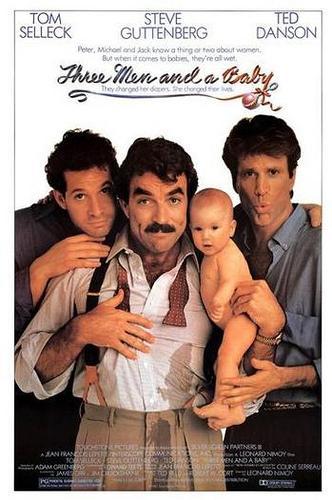Leonard Nimoy dies at 83
Born in Boston in 1931, Nimoy was the son of Ukrainian immigrants. Encouraged by his grandfather, he started acting as an amateur in community theater at the age of 8. He took on the life-changing role of Spock in 1965, at the age of 34 — by which point he’d been a professional actor for 15 years.
What should have been Nimoy’s breakout role came in the 1952 movie Kid Monk Baroni, where he landed the title role, playing a boxer with a misshapen face. But the movie was a flop, and Nimoy found himself back in Boston the following year, taking drama classes at Boston College. He also enrolled in the army for a year.
There followed a decade of bit parts in an astonishing 55 TV dramas such as Dragnet, Sea Hunt, Colt .45, M Squad, Bonanza, Wagon Train, Gunsmoke, Perry Mason, The Untouchables, Get Smart and Doctor Kildare. With his piercing eyes and stern look, he was a natural pick for the roles of gunslingers, villains and authority figures.
But there was always something a little alien about Nimoy, and he invariably found himself in low-level science fiction roles — in 1950s B-movies such as Them!, Brain Eaters and Zombies of the Stratosphere as well as TV mainstays The Twilight Zone and The Outer Limits. Then came Star Trek, billed by creator Gene Roddenberry as a “Wagon Train to the stars” — and looking back, it seemed like Nimoy had been preparing for the role his whole life. It wasn’t just the Western-meets-science-fiction connection. He’d acted alongside William Shatner in an episode of Man from U.N.C.L.E., kicking off a decades-long friendship; he knew DeForrest Kelly (“Bones” McCoy) from The Virginian.
Nimoy preceded all of his Star Trek co-stars on the U.S.S. Enterprise. He starred in The Cage, an unscreened first pilot episode filmed in 1965. NBC didn’t like what they saw, and asked for a second pilot with a largely changed Enterprise crew. Spock was the only character to stay on board, albeit in a slightly more subdued, “logical” version. One of the most iconic characters in TV history was born.
Star Trek ran for three years from 1966 to 1969, before a lack of viewers and a lackluster third season forced it off the screen. But it found new life in syndication (as well as an animated series) in the early 1970s, and Trek conventions quickly became a phenomenon — with the first one in New York turning into dozens annually around the country. Suddenly, the stars of the original show were in huge demand. Writing in Starlog magazine, science fiction author Isaac Asimov compared the “teenage girls screaming for Spock” to “Beatlemania.”
Nimoy was uneasy with the fame that stuck like Vulcan ear glue. His first autobiography, in 1975, was titled I Am Not Spock. It featured a series of dialogues with the character, and a discussion of Nimoy’s profound ambivalence after being introduced by parents to their children as Mr. Spock. But despite a general Trek fan freakout, he still felt warmly towards the character — as you can see on the cover, which features him giving the Vulcan salute (something he’d invented himself for the show, basing it on memories of ceremonies at temple in his youth.) But indeed, the title was accurate: Nimoy was so much more than Spock, even after 1966. He was Paris in Mission: Impossible. He was a published poet. And he was a pretty mean baritone, with five albums to his name. Admittedly, the songs had a Shatner-esque novelty feel to them — witness the most widely-known Nimoy tune below, the Hobbit-themed Ballad of Bilbo Baggins — but Nimoy could really sing, rather than just overact.



